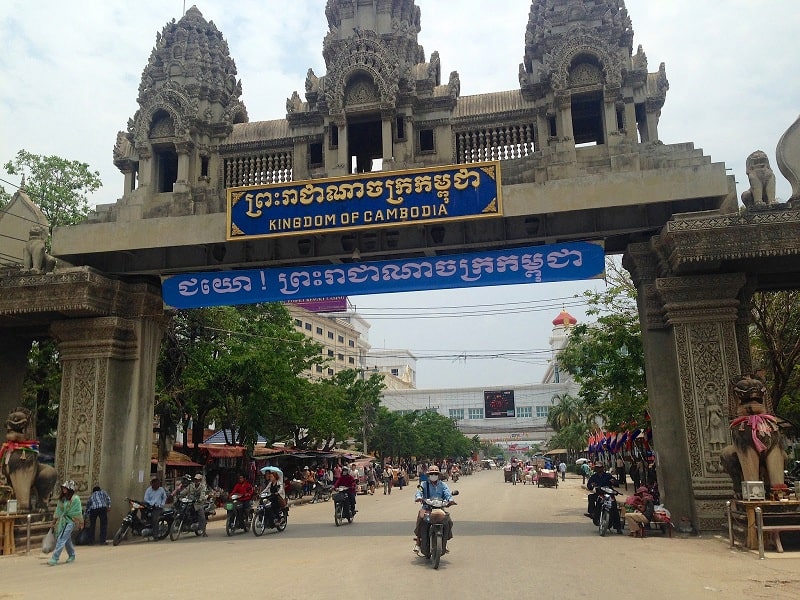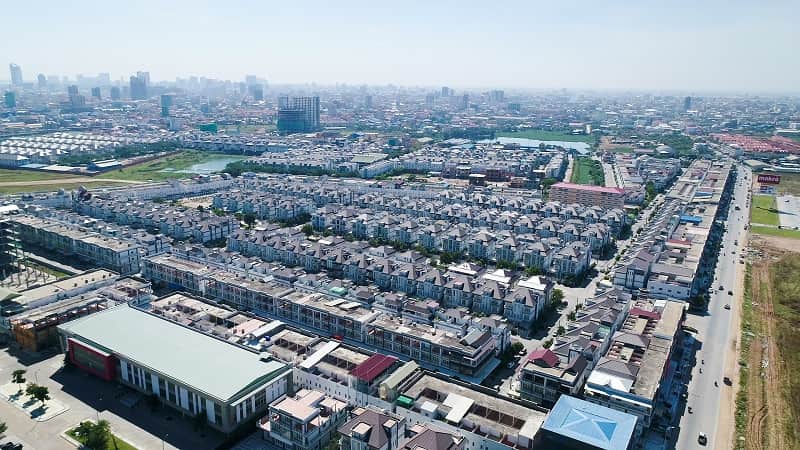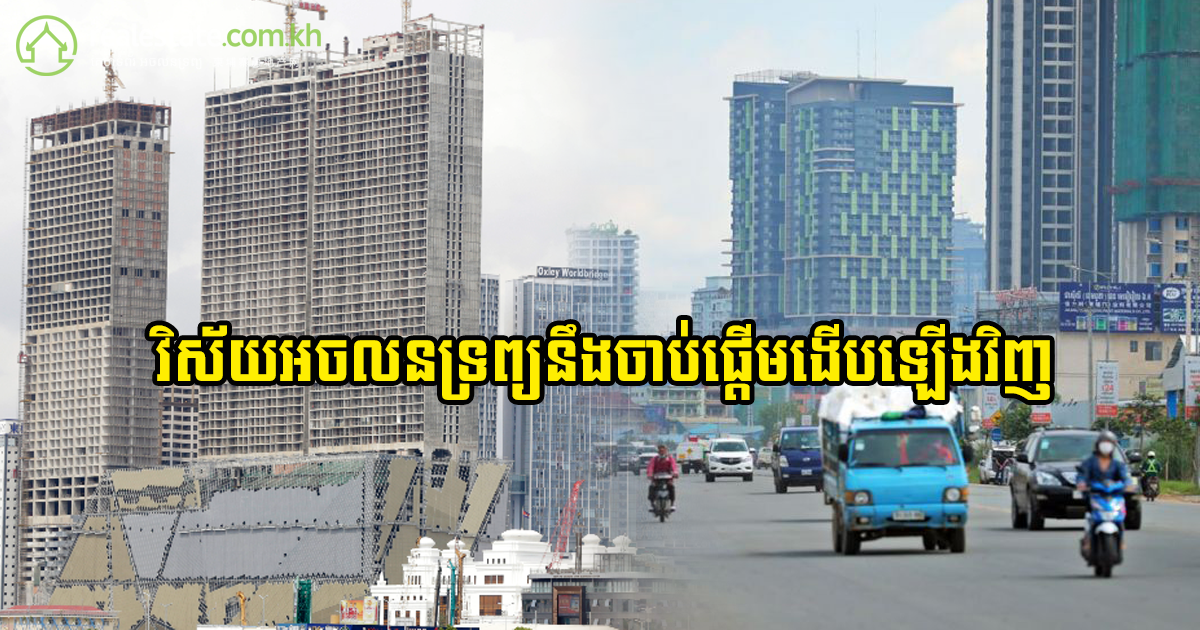
The last ten years have been exciting and productive for Cambodia. Indeed, the economy has climbed higher and higher, growing by around 7% each year.
Land prices have increased dramatically in that time as international investors have flooded in. Insiders are optimistic that the Kingdom’s real estate industry will climb to new highs in 2019. Realestate.com.kh has turned to many industry experts to get an informed outlook for the coming year.
But we also sat down with Sorn Seap, founder and CEO of Key Real Estate, to discuss what he thinks will change in the coming months, both in Phnom Penh and Cambodia’s other major areas.
How is the residential market progressing?
There are many types of housing developments, including borey, mixed-use developments, hotels, serviced apartments, townships, condos, office spaces, and resorts available in Cambodia.
Recently, Phnom Penh’s residential market has become more attractive and many developments are going up across the capital. Meanwhile, Sihanoukville in the south has also seen substantial growth.
Which property markets are flourishing in Cambodia?
Phnom Penh is the biggest development area. Every district of the capital currently has at least one major development being built. The more central districts are mostly dedicated to condos and apartments while the outer areas are dominated by gated communities and landed housing projects like boreys.
What do you think of border markets like Poipet and Bavet?

I think the first and second options for any international developer will continue to be Phnom Penh and Sihanoukville, respectively.
When it comes to the border towns, however, Bavet and Poipet are both up-and-coming areas. They are significant for moving goods to and from neighbouring counties. Each area has unique potential for new developments.
But the real estate sectors there are still small market and focused mainly on low-end properties compared to Phnom Penh, Sihanoukville or even Siem Reap.
What is the best investment strategy in coastal markets or border towns?
First, strategies vary widely based on how much you are investing. After you know how much you want to invest you need to start looking for a specific project.
I always urge people to do their own research and do it thoroughly. Look into population, number of expats, living trends, number of buyers, supply and demand, past buying and renting transactions, and much more.
As an example, Poipet, Bavet and Sihanoukville are promising places for foreigner-focused condos. You need to be very specific about what part of the market you want to invest in.
How does tourism play a part in Cambodia’s real estate market?
Tourism growth in urban areas has already led investors to build a variety of properties to satisfy their demands. This means more restaurants, hotels, shopping malls, entertainment areas, offices, casinos and much more.
Siem Reap and Sihanoukville have benefitted hugely from the recent influx of tourists. Land prices there are on the rise and more structures are being built.
What’s more, Kep and Kampot are now being eyed by investors as many more tourists head there every year.
Are there any major roadblocks in the market currently?
Cambodian real estate is facing some difficulties in terms of land management policy and construction law. The big challenge across the board is infrastructure like roads, bridges, electricity, waste management and water.
However, the government has a strong incentive to address these encounters, and improve the investment atmosphere.
Is the high-end residential market still driven by foreigners? How sustainable is demand from abroad?

There are two main types of residential developments in the Kingdom: condos and boreys. The condo market is dominated mostly by foreign buyers, usually from China, Taiwan, Singapore, Malaysia, Hong Kong, Korea, and Japan.
Boreys, which are landed properties, are very popular with Cambodians. I am optimistic about demand from abroad. They will continue to buy condos in Cambodia if we still have a stable political situation and stable economic growth.
At the same time, developers need to promote their projects internationally. Events like the Cambodia Property Awards can be a platform for them to gain recognition.
How can we address the oversupply of residential units in Phnom Penh?
Oversupply is a common occurrence in the market. When there is an oversupply, then there will be a price adjustment.
To address this concern, the government needs to intervene to ease the glut and keep a balance between demand and supply. Developers need to understand the market trends and know who their potential buyers are.
How can we promote home ownership among low-income and middle-class Cambodians?
At present, I believe that low- and middle-priced landed housing projects have huge potential. Improving overall economic growth will help encourage low-class and middle-class Cambodians to buy property. This will result in increased ownership among middle-class families.
People will buy properties when developers provide them with more benefits. Developers need to stay competitive on price, location facilities, and amenities.





Comments